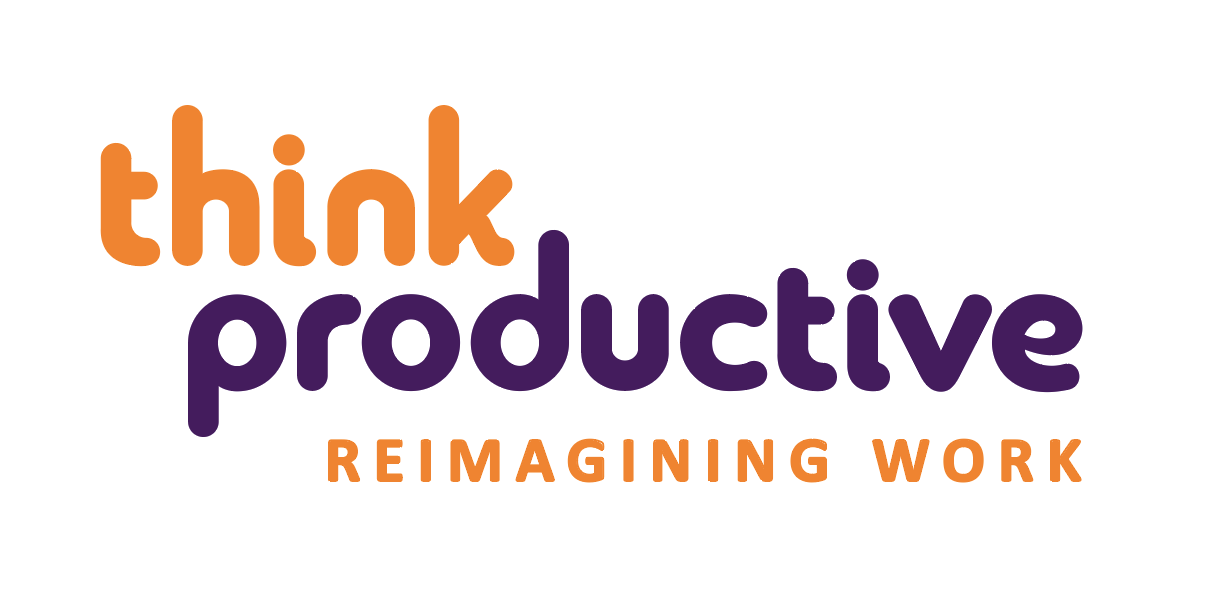If you have dyslexia, or a related learning disability, life can sometimes be very difficult, especially at University. It is estimated dyslexia affects 10% of the population and is the most common of the specific learning difficulties family.
Contrary to popular misconception, dyslexia is not only about literacy, although weaknesses in literacy are often the most visible sign. Dyslexia affects the way information is processed, stored and retrieved, with problems of memory, speed of processing, time perception, organisation and sequencing.
People who suffer from dyslexia can also suffer from poor time management. Time is a linear concept, and many dyslexic people do not enjoy linear thinking.
If you find it difficult to take in information efficiently, find yourself overwhelmed with workload, find it hard to process information or find it impossible to estimate passages of time and sticking to deadlines, try some of the following tips / material.
1) Know Your Energy Levels
Monitor your daily routine and get familiar with when you have the most energy. Everyone is different, some people work best in the morning some work best at night.
Download the free energy level chart here and fill it in by blocking out the hour of the day depending on your energy level. You can do this over a week or two and look for patterns in your energy. You should aim to take on the most important jobs requiring the most attention at these times.
2) Learn to say NO!
For example, a friend of yours would like you to see a movie with him tonight. You made social plans for tomorrow with your friends and tonight you were going to study and do laundry. You want to say ‘No’, but you hate turning people down. Politely saying ‘No’ can be helpful. Saying ‘No’ can free up time for the things that are most important.
Having a weekly planner can really help with when to say no. Take an hour out of your week and block out time for when you will be doing your work, attending seminars/tutorials and when you will socialize with friends. This way you will know exactly when to say no.
3) Use a “To-Do” list
If you suffer from information overload and have no idea where to start, a to-do list could be just the things for you.
Using the to-do list you downloaded earlier (downloadable here) do the following:
• Write down the 5 most important things you have to do tomorrow in the “TO-DO list” section.
• Label the task as either a high or low energy task depending on how much of your energy the task will take up.
• Next order the tasks in order of priority (1 is the most important 5 is the least)
If you have already completed the energy levels chart previously you will know exactly when to work on which tasks. Once you start the task don’t even think about the others – you will get to them later. Once you have completed the task tick the completed box and move onto the next. If you have started a task but not completed it tick the “started” box.
It’s a good idea to plan a reward for completing all your tasks as a way of motivating you.
Good luck and let us know how you get on with the materials in the comments below.


To do lists become unmanageable for me; I get to 7 A4 pages and give up. Managing 5 tasks for today isn’t a struggle; it’s deciding what those 5 things should be that stresses me.
I need a tool to manage longer term planning and prioritisation, not a short list of prioritised items, but everything clashes and causes stress, so I never get to the short list.
I did try Action Lists, but it was hard to make it work for me.